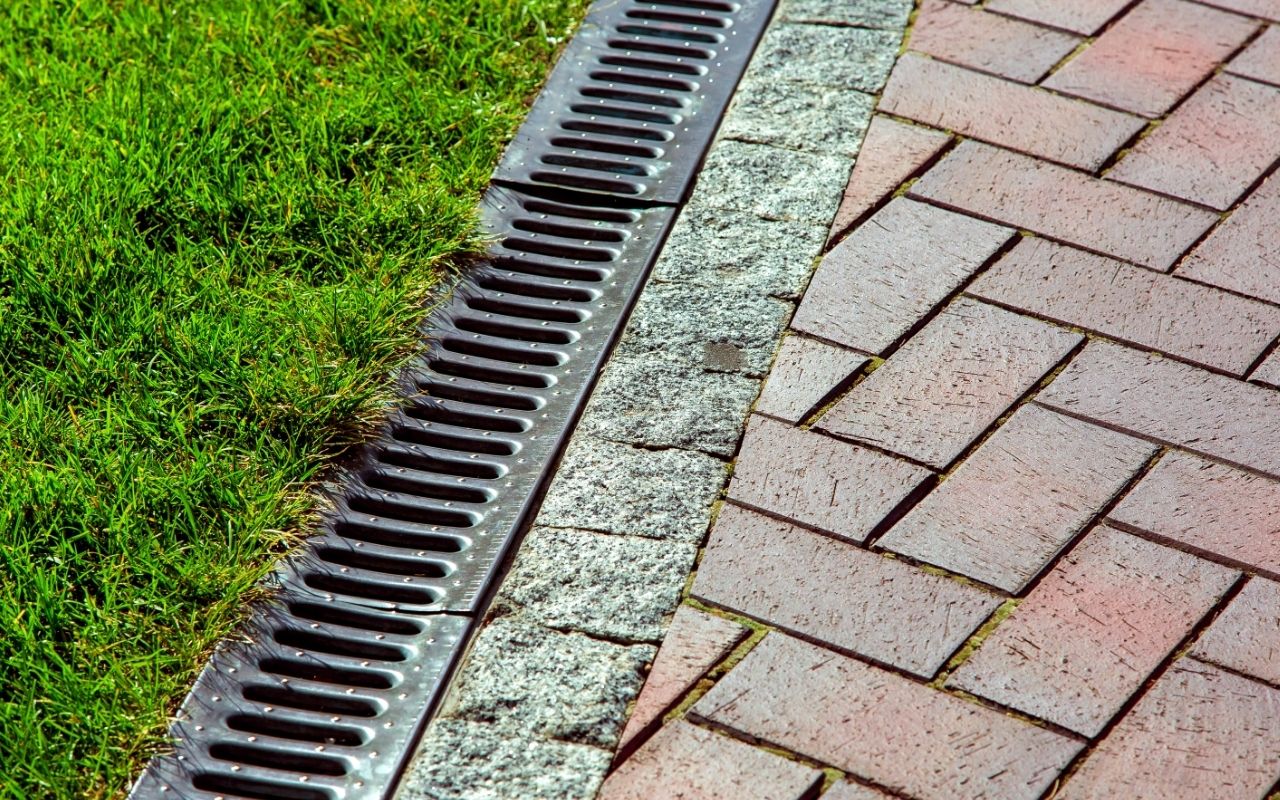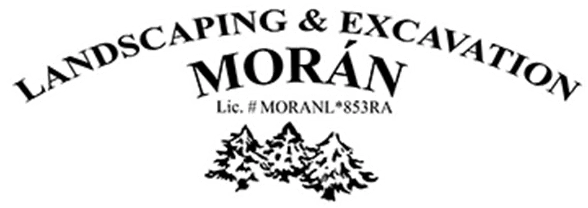
- Mon, May 2025
- |
- Moran’s Landscaping & Excavation LLC
Consistently soggy spots, standing water, or slow-drying grass are more than eyesores— signals that your yard’s drainage system needs help. Knowing how to improve drainage in yard can drastically change the health and appearance of your landscape. At Moran’s Landscaping & Excavation LLC, we help homeowners take control of their outdoor space with effective, personalized drainage solutions that show you how to improve lawn drainage in practical, lasting ways.
What Are the Signs Your Yard Has Poor Drainage?
Lawn drainage problems aren’t always obvious until the damage begins. You might notice muddy footprints long after it rains, or grass that looks thin and yellow in patches. In more severe cases, water may even start to seep toward your home, putting your foundation at risk.
Other signs include soil erosion, mold growth on grass, and excessive weed presence. These symptoms often stem from one or more common causes: compacted soil, flat or inward-sloping ground, clogged gutters, or a lack of drainage infrastructure.
Top Methods to Improve Drainage in Your Yard
Improving drainage starts with identifying the root cause. One of the first steps is aerating the soil, especially if it’s clay-rich or compacted. Loosening the soil allows water to pass through more efficiently, reducing pooling and supporting healthy root growth. This small change can significantly impact, especially when paired with organic compost to increase permeability.
For more extensive issues, installing a drainage system is a smart move. Depending on your property, options include French drains, dry creek beds, or trench drains. These systems redirect water away from vulnerable areas and into safe runoff zones. You can learn more about this in our blog on how to install lawn drainage.
Sometimes, the terrain itself needs adjustment. That’s where regrading comes in. Adjusting the slope of your yard helps guide water away from your home and pooling zones. Visit our dedicated service page for yard grading for drainage to learn how this solution can reshape your entire outdoor space.
If you’re dealing with prolonged soggy spots, don’t miss our resource on how to fix waterlogged soil, which offers deeper insight into resolving excessive soil moisture.
Benefits of a Well-Drained Yard
Once you learn how to improve drainage in your yard, you’ll notice several benefits. The most immediate is a more usable, attractive landscape. Dry, firm ground supports better grass growth, eliminates mold risk, and keeps pests like mosquitoes at bay.
Long-term, you’ll protect your home’s foundation and maintain the health of your lawn and garden beds. You’ll also find it easier to control weed growth, especially when following our guide on what kills weeds permanently, and maintain a healthy lawn that thrives year-round.
Get Help from Moran’s Landscaping & Excavation LLC
Improving your yard’s drainage is an investment that pays off in safety, comfort, and value. At Moran’s Landscaping & Excavation LLC, we use proven techniques to analyze your property and design drainage solutions that match your landscape’s needs. Whether it’s regrading, aeration, or a complete drainage system, our team has the experience to get it done right.
Contact us today for a free drainage assessment and learn how to finally take control of your outdoor space.
Frequently Asked Questions
How can I tell if poor drainage is hurting my lawn?
If your lawn remains wet for days, develops mold, or grows thin and patchy, drainage issues are likely to blame.
Do I need professional help to improve my yard’s drainage?
While minor improvements can be DIY, long-term results often require expert grading or system installation to be effective.
What’s the difference between improving yard drainage and installing a drainage system?
Improving yard drainage may involve soil fixes or grading. Installing a drainage system involves hardware like French drains or basins, which redirect water.
